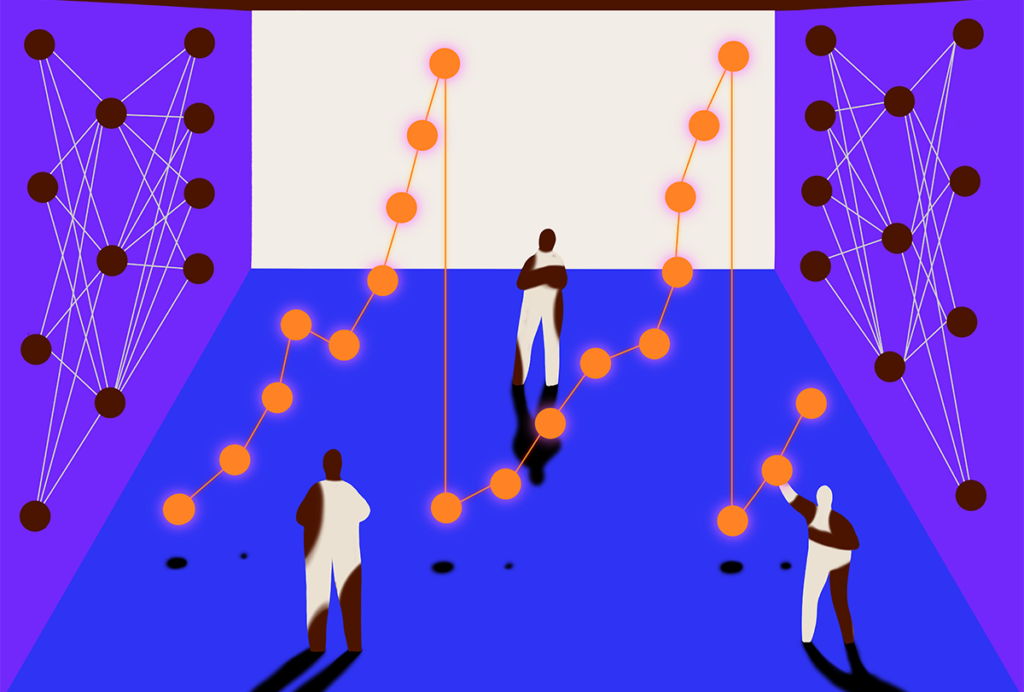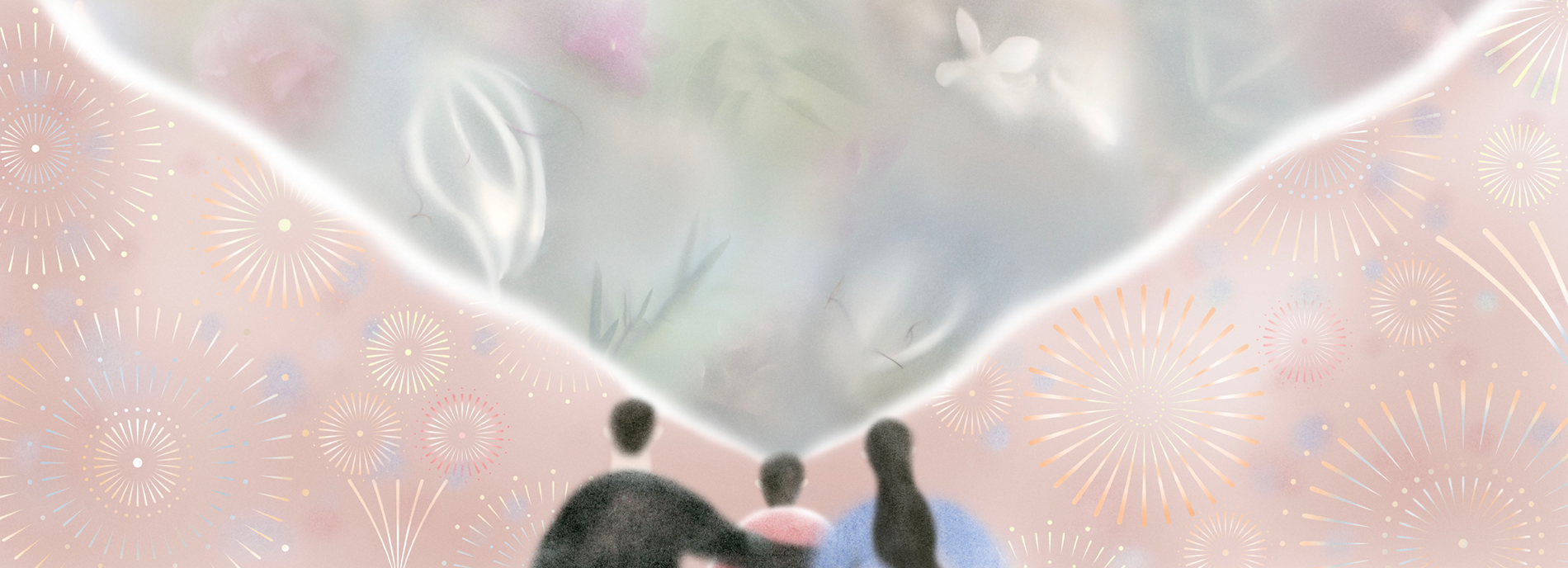
Eyeing the connection between autism and vision
Autism is unusually common among blind people, and children with autism are more likely to have vision problems than their typical peers. Understanding why could lead to better therapies for autism for autism.
When Lilita Gigena was just 3 months old, one of her aunts spotted something unusual: The baby did not follow people with her eyes, as babies typically do by that age. Neither Gigena’s parents nor her pediatrician in their hometown of Córdoba, Argentina, had noticed anything out of the ordinary about the newborn. But her aunt suggested they take the baby to an ophthalmologist for an evaluation.
Gigena’s parents were stunned by the results: Their baby was blind. The nerve that conveys visual information from the eyes to the brain had not formed completely, they later learned, leaving Gigena able to see only vague shapes of light and dark.
They enrolled Gigena in a local school for the blind, but by the time she was 6 years old, it was clear that she was not thriving there. “The other children were reaching milestones in language, in play, in socialization,” says her mother, Lilian Funes, a teacher. “And Lilita wasn’t reaching them. She wasn’t making friends, and she didn’t communicate well.” Instead of speaking Spanish, Gigena used a made-up language that only her parents could understand.
Gigena saw a parade of specialists in Córdoba and Buenos Aires: “Doctors, neurologists, psychiatrists, psychologists, parapsychologists,” Funes says. “No one had the answer.” For a while, the family gave up. Then, when Gigena was 15, she received a second diagnosis that finally helped to explain some of her challenges: autism.
Gigena, now 43, is far from unique. Autism is at least 10 times as common among blind people as it is among the general population, studies show. And children with autism may also be more likely to have vision problems than typical children are.
There are a variety of possible explanations: A lack of visual input may disrupt some aspects of social development and lead to autism traits, for instance. Vision is the primary way that most infants learn from others, and the main force that sculpts the social brain in the first year of life. Vision is also essential to many of the social skills people with autism find challenging — for example, directing your gaze in concert with someone else or reading facial expressions and body language. “We’re visual animals,” says Rubin Jure, the pediatric neurologist who diagnosed Gigena’s autism and still sees her in his Córdoba-based practice.
Even the metaphors we use to describe social skills, such as ‘perspective-taking,’ often involve vision, yet no one knows for sure why autism and vision problems tend to overlap. “Kids with autism do have a lot of sensory abnormalities. And vision obviously is a sensory system,” says Melinda Chang, a pediatric ophthalmologist at Children’s Hospital Los Angeles in California. “But there’s not a lot of work to understand how visual disorders in autism could affect their development.”
Some researchers argue that the link is spurious and that autism-like behaviors in blind people stem solely from their lack of sight, not autism. Likewise, vision issues in autistic people could reflect differences in the brain that accompany autism, not eye problems per se.
Regardless, studying autism in visually impaired people could help scientists understand how aspects of the condition might overlap with vision or the visual system, Chang and other experts maintain. And attention to this population is already leading to sharper instruments for diagnosing autism in blind children, so that the next generation of families does not have to wait as long as Gigena’s did for answers.
‘Blindisms’:
T
he first indication that autism can accompany blindness more often than expected came in a 1956 study of 60 children with retinopathy of prematurity, a condition in which the light-capturing tissue at the back of the eye does not develop properly. Five of these children turned out to be autistic — a dramatic result at a time when fewer than 1 in 1,000 children had an autism diagnosis, and high even in light of today’s prevalence of about 1 to 2 percent in most countries.Since then, studies in multiple countries have documented a double-digit prevalence of autism among blind children: 12 percent in Turkey, 17 percent in Sweden and 50 percent of the students whom Jure examined at the school for the blind Gigena attended in Argentina.
These studies are small, each involving only a few dozen to a few hundred people. But a much larger study published this year also links autism and a lack of sight. Researchers in Scotland approached the question from the opposite direction: They combed through national census data on 5.3 million people to show that blindness is about three times as common in autistic children as in their typical peers, and it occurs in autistic adults at 1.5 times the typical frequency.
None of the studies explain the statistics. Do autism and blindness stem from the same biological roots? Some research suggests that autism is closely tied to specific causes of blindness — for instance, optic nerve hypoplasia (Gigena’s condition), retinopathy of prematurity and anophthalmia (in which one or both eyes fail to develop). The causes of these vision problems may also contribute to autism, experts say.
Another possibility is that blindness contributes to autism traits, particularly when a child is born blind, because vision is thought to be critical to the early development of social skills. Young children learn that other people have distinct points of view and emotions by seeing how others react to the world around them. They also learn about social cause and effect through visual relationships, such as when a toddler grabs a toy and pulls it to himself while saying, “Mine.”
“What you have here is something absolutely pivotal for human development,” says Peter Hobson, emeritus professor of developmental psychopathology at University College London in the United Kingdom. Children with acquired blindness can still tap this knowledge after they have lost their sight, Hobson says. But those who are born blind may have trouble gaining it in the first place.
This theory is borne out by research showing an association between congenital blindness and autism. For example, 18 of 25 students with congenital blindness at Gigena’s school met the criteria for autism in Jure’s 2016 study, compared with only 1 of 13 with partial or acquired blindness. A similar pattern emerged when he analyzed pooled data from 12 published studies of blindness and autism. “The presence of total congenital blindness was the main factor by far that produced autism,” he says. Blindness acquired after the first year of life and partial vision were associated with autism less frequently.
In a 1997 study of British schools for the blind, Hobson and his colleagues found that 9 of 24 congenitally blind children without obvious neurological impairments met the criteria for autism; many others had autism traits. Those findings jibe with Jure’s clinical experience: Within families, children who are completely blind tend to be autistic, whereas their seeing or partially sighted siblings, even identical twins, are not, he says. “I’m completely convinced that blindness itself conveys a huge possibility of autism.”
Researchers who work with blind children have also noticed similarities between their behavior and that of autistic children. In her 1977 book, “Insights From the Blind,” child psychoanalyst Selma Fraiberg described a girl named Kathie who had been blind since birth. Although bright and socially engaged, Kathie did not engage in imaginative play. And she tended to confuse the pronouns ‘I’ and ‘you,’ as well as other terms, such as ‘here’ and ‘there,’ ‘come’ and ‘go,’ and ‘this’ and ‘that.’ Such linguistic reversals, especially of pronouns, are common in young children with autism. Other autism-like behaviors often seen in blind children include repetitive movements, such as rocking back and forth; resistance to change; and echolalia, or repeating another person’s words. Fraiberg termed such behaviors ‘blindisms.’
Some experts, including Michael Brambring, an emeritus psychologist at Bielefeld University in Germany, have argued that autism traits in blind children are just manifestations of blindness, not autism. What look like the same behaviors may sometimes stem from different prompts. As an example, one mother describes in an essay how her blind daughter would rock back and forth in a way that looked like an autism-like repetitive behavior — until she realized her daughter was listening for squeaks in the floorboards. The girl had a different sensory world than a sighted person, and she was just exploring that.
This sort of misperception is widespread, says Pawan Sinha, a vision and autism expert and computational neuroscientist at the Massachusetts Institute of Technology. In 2005, Sinha founded an organization, staffed by surgeons, to restore sight in people with treatable causes of blindness in rural India. He says that many of the blind children he sees are shy at first, though sociable with familiar people. They also have some behaviors reminiscent of autism, such as echolalia. “Having met with literally thousands of blind children, blind adults, I simply don’t see the signs of high incidences of autism in that population,” Sinha says. But he plans to look more closely by surveying autism characteristics in at least 1,000 blind adolescents in India.
Hobson and Jure maintain that autism traits should be seen as signs of autism — even if they result from blindness. “If you define the syndrome based on the behavior, [then] if you have the behavior, you have to call it autism too,” Jure says. What’s more, automatically labeling autism-like behaviors ‘blindisms’ could lead some clinicians to miss autism in blind children, he adds.
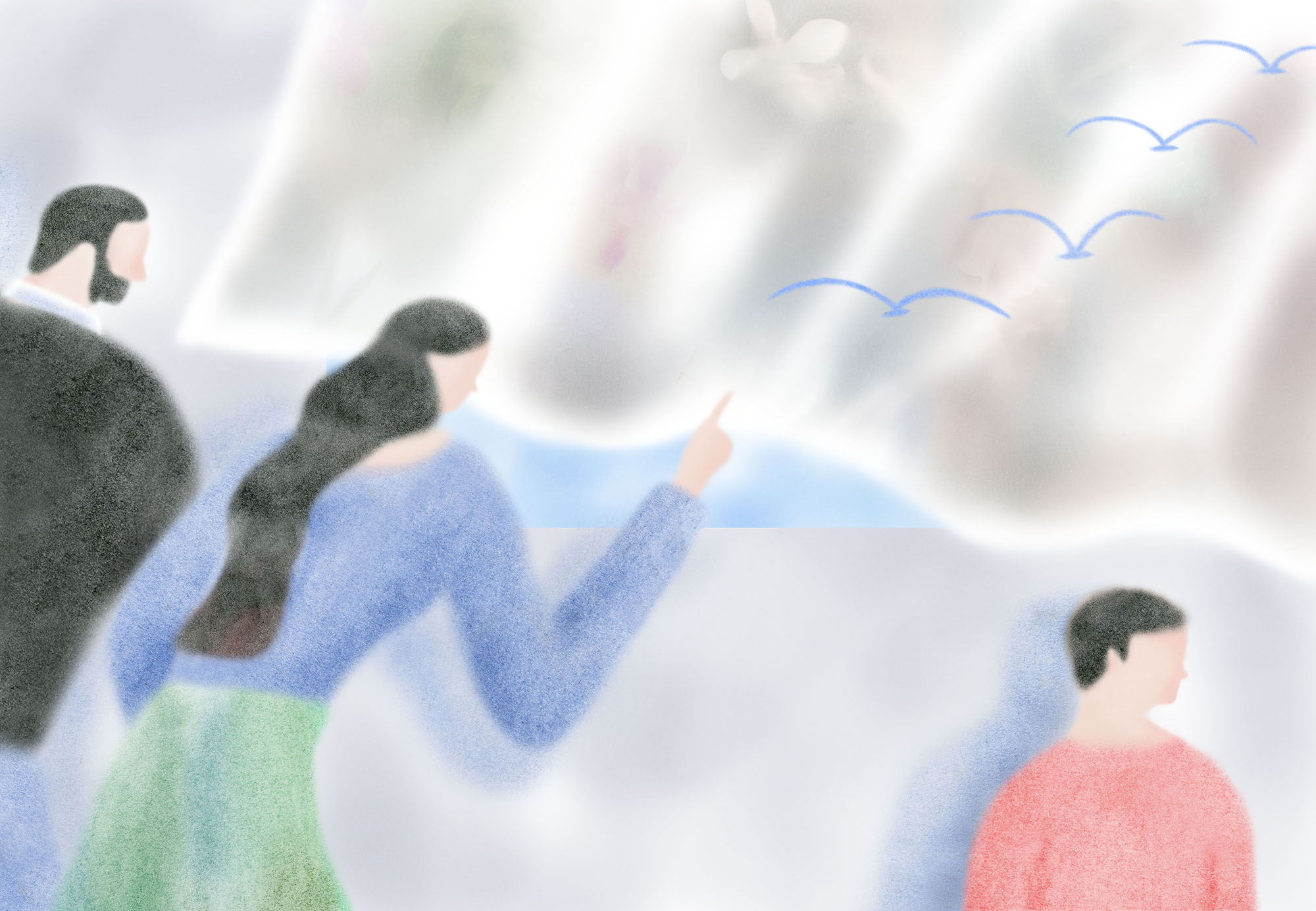
Out of sight:
T
he truth may fall somewhere between Jure and Sinha’s views. When diagnosing autism in blind children, it is important to recognize that certain behaviors that seem autism-related can be attributed to an inability to see, experts say. For example, if a blind child recoils from being touched, the behavior is more likely to reflect a learned protective mechanism than an inherent dislike of tactile stimuli. “They’re bumping into things all the time, and they learn how to be tactilely defensive,” says Mark Borchert, director of the Eye Birth Defects Program at Children’s Hospital Los Angeles in California. When assessing a child for autism, a clinician should give less weight to these behaviors in a child who is blind, Borchert says.Adding to the challenge, there is no accepted procedure for diagnosing autism in blind children. Many items on the standard diagnostic tests for autism require vision, Borchert says. The Autism Diagnostic Observation Schedule, for example, assesses whether a child makes eye contact and whether she turns toward a person who walks into the room. Borchert and his colleagues have adapted this and another standard diagnostic test for use in blind people by discarding some questions and changing others: For example, instead of having children describe an illustrated picture, the researchers ask them to describe a scene of zoo animal shapes embossed on the page. And instead of asking what a child does when someone smiles, the test asks about the child’s reaction to a friendly comment.
The two new tests suggest that some behaviors that seem characteristic of autism, such as sensitivity to noise, may be common among blind children in general, whereas others, such as a difficulty establishing joint attention, may be more particular to those with autism. The researchers need to validate the new measures in a larger group of blind children, Borchert says.
Such measures might help blind children with autism get diagnosed sooner. Among more than 230,000 children in Atlanta, Georgia, those with poor vision and autism were diagnosed with autism around age 5, according to a review of medical records — nearly two years later, on average, than those without vision problems. And blind autistic children in Sweden received their autism diagnoses between the ages of 5 and 11, according to a study published earlier this year.
Vision problems other than blindness may also be difficult to spot in autistic people, and autistic people may not be able to effectively communicate vision problems they are having to caregivers or doctors, says Deborah Kinnear, a learning disabilities researcher at the University of Glasgow in Scotland.
Yet these vision problems may be common. In the Atlanta study, 7 percent of children who had low visual acuity even with correction had autism. Studies of eye clinic records also suggest that autistic children are prone to serious vision problems: Among 2,555 children at a university autism clinic, about 11 percent had significant vision disorders, including strabismus, in which the eyes are misaligned, and amblyopia, in which poor vision in one or both eyes results from abnormal early visual development. (About 7 percent of U.S. children overall have a vision disorder, according to the Centers for Disease Control and Prevention.)
In a study published this month, Chang’s team reviewed the medical records of more than 10 million children and found that 13.5 percent of the autistic children have vision disorders, compared with 3.5 percent of the typical children. Children with autism are about 5 times as likely as typical children to have nystagmus, in which the eyes move rhythmically back and forth, they found, and they are 3.5 times as likely to have strabismus and 2.5 times as likely to have amblyopia.
Such vision problems could contribute to autism characteristics in some children. For example, children who have atypical eye movements “may not be able to follow someone’s gaze as well,” Chang says. But Sinha thinks that scenario is unlikely. “I think it’s fairly uncontroversial that some of the ways in which a child with autism interacts with the visual world are atypical,” Sinha says. The reasons are probably not rooted in the basic mechanics of vision, he says. “I think the real differences will actually be in the brain.”
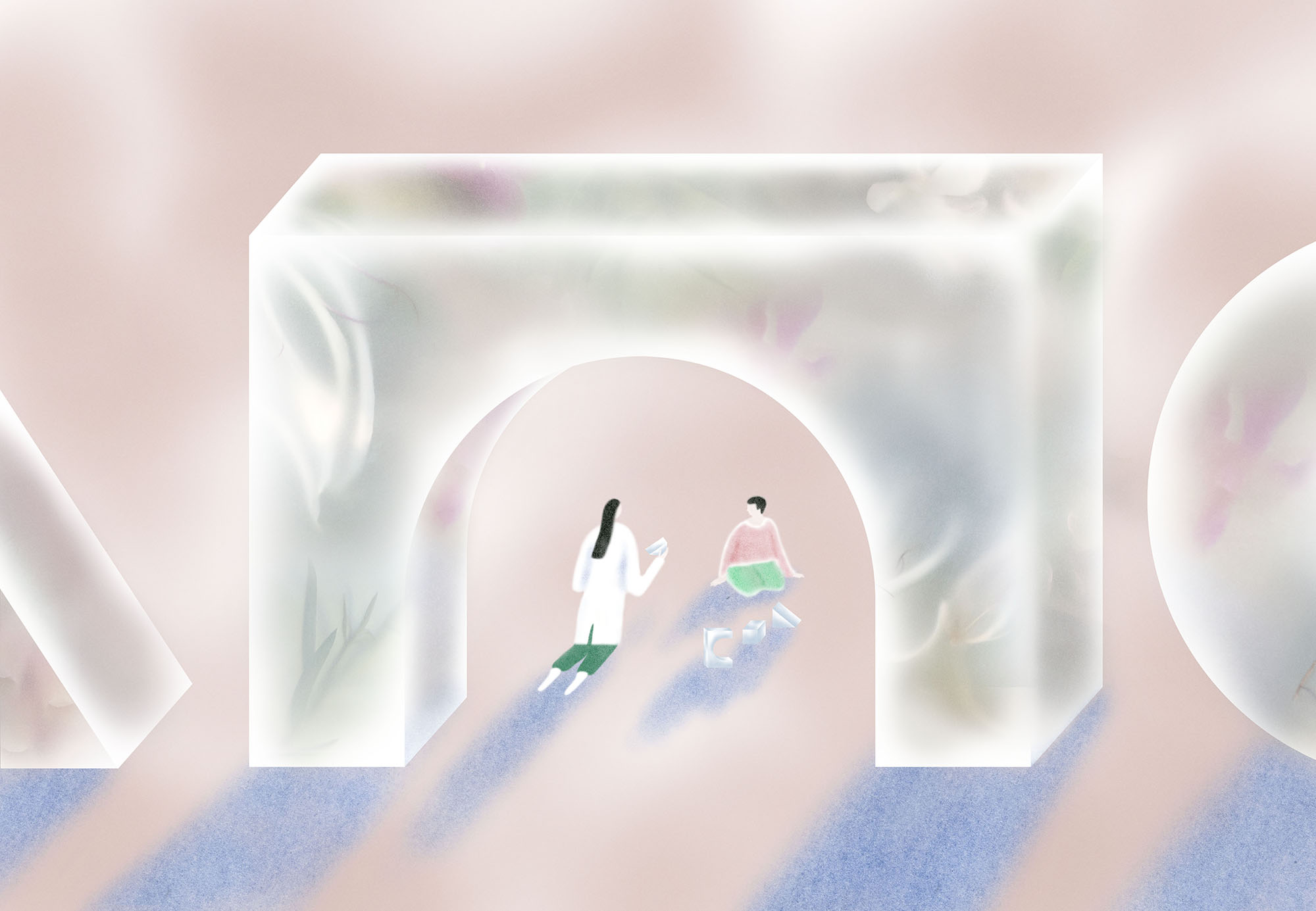
Looking forward:
I
f some autistic people do have atypical vision, however, it could also affect research, Chang says. Eye-tracking studies of people with autism, for example, rarely take possible vision disorders into account. To evaluate the impact, Chang and her colleagues are comparing the eye-movement patterns of typical children with those of autistic children with and without a vision disorder. Eventually, Chang wants to investigate whether treating vision problems in autistic children improves their visual attention and alters their behavior.Understanding autism in the visually impaired could also yield insights about autism in general. Following the development of children with optic nerve hypoplasia or other causes of congenital blindness might help scientists identify early signs of autism, Borchert says, similar to studies of ‘baby siblings’ and other groups with an elevated chance of autism. Studying this population also could help researchers home in on biological or environmental influences or brain areas important in the condition. The superior colliculus, a part of the brainstem, connects to the retina and plays a role in visual attention, including early attention to faces, processing of biological movement and reaction to emotional stimuli. Disruption of its development could contribute to autism in congenitally blind individuals and perhaps in others, too, Jure says.
In addition, this kind of research could prompt ideas for novel therapies. A number of studies suggest that autism traits in congenitally blind children diminish over time. In some cases, the children no longer meet diagnostic criteria for the condition by adolescence — a phenomenon that rarely occurs in sighted children with autism. If these children find ways of developing joint attention and other social skills that do not involve vision, investigating those mechanisms could provide ideas to help others, too. Other ideas for treatments might come from understanding why some congenitally blind children develop typical social skills despite a lack of visual input.
Such research might also lead to treatments specifically for blind or visually impaired children with autism. Standard autism treatments such as applied behavioral analysis and the picture exchange communication system do not work well for blind children because they lean heavily on images. And some teaching methods used with the blind, such as placing a hand over a child’s hand to guide her movements, require multisensory integration or joint-attention skills that children with autism may not have. In a survey conducted in Sweden, most teachers knew more about blindness than they did about autism, and they all lacked training in the co-occurrence of the two conditions.
This kind of knowledge might have helped Lilita Gigena get a diagnosis and help sooner. Although no autism services were available in Córdoba at the time of Gigena’s diagnosis, discovering that her traits had a name helped her parents to better understand and guide her, her mother says. What they had thought were seizures, for example, were actually temper tantrums, sparked by Gigena’s limited ability to express her feelings and needs. With Jure’s input, they learned to prevent these episodes.
Today, Gigena lives at home with her mother and youngest sister and attends an adult day program five days a week. She needs help with most daily activities, from eating breakfast in the morning to getting dressed for bed at night. Still, she has become more connected to family life over the years and especially enjoys weekends when her siblings who do not live at home bring her nieces and nephews to visit. Looking back at her daughter’s autism diagnosis, her mother says, “It changed our lives totally.”
Corrections
This article has been modified from the original. An earlier version included an inaccurate definition of amblyopia.
Recommended reading
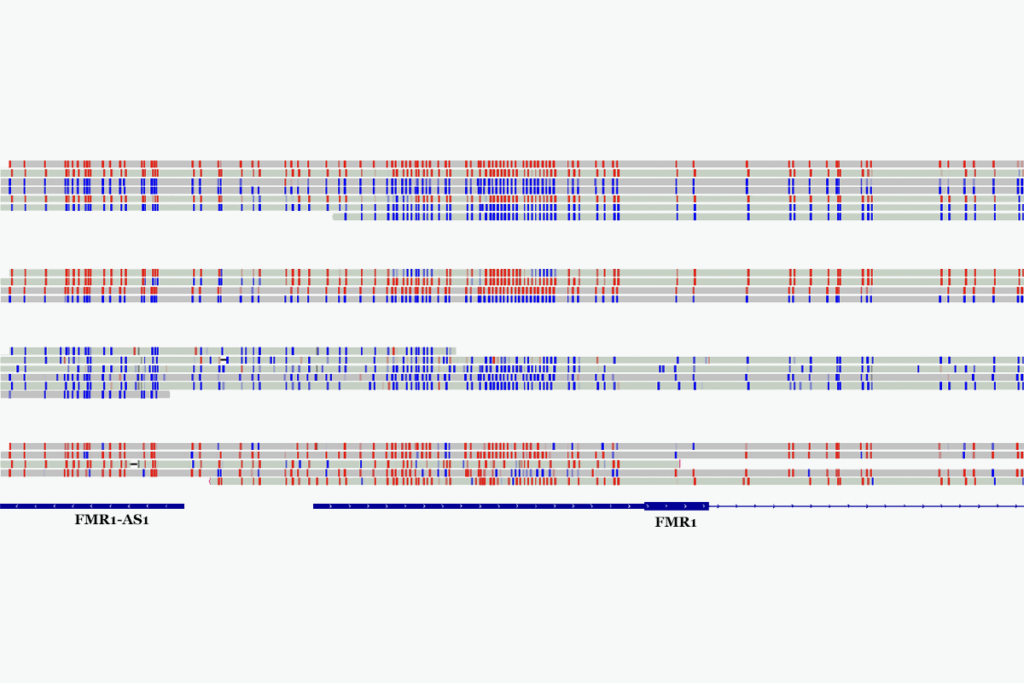
Long-read sequencing unearths overlooked autism-linked variants
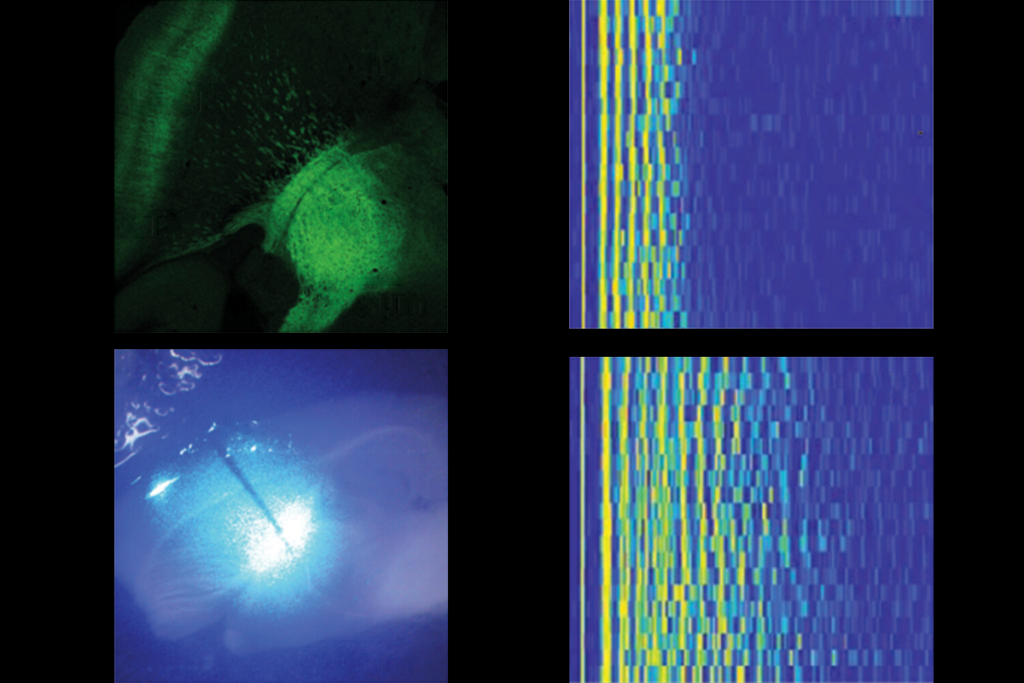
Sensory gatekeeper drives seizures, autism-like behaviors in mouse model
Explore more from The Transmitter
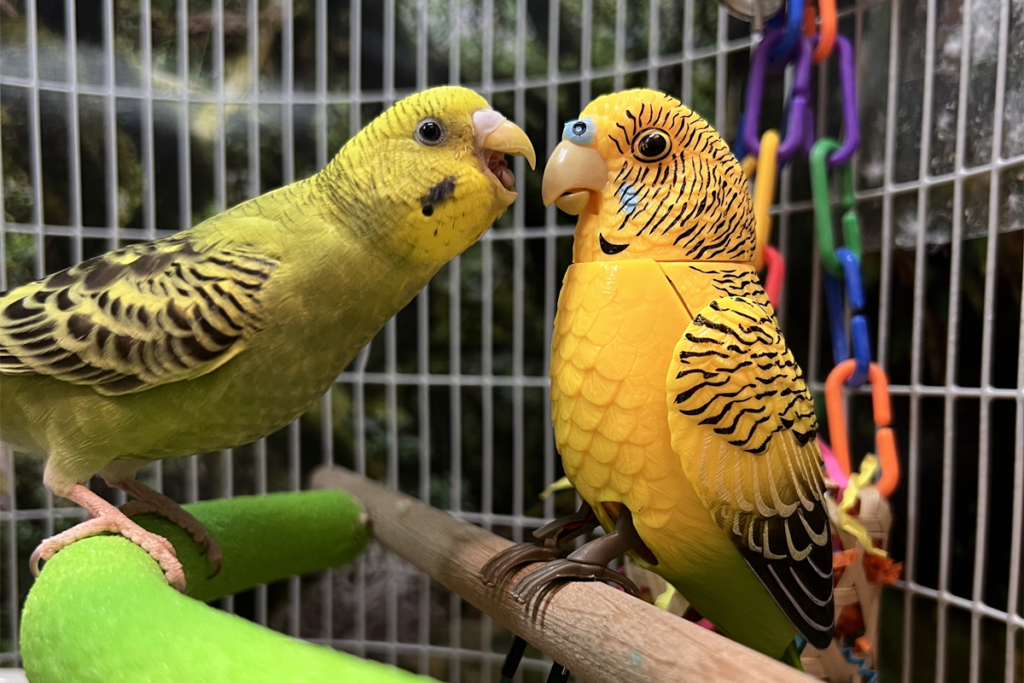
Robots marry natural neuroscience, experimental control to probe animal interactions
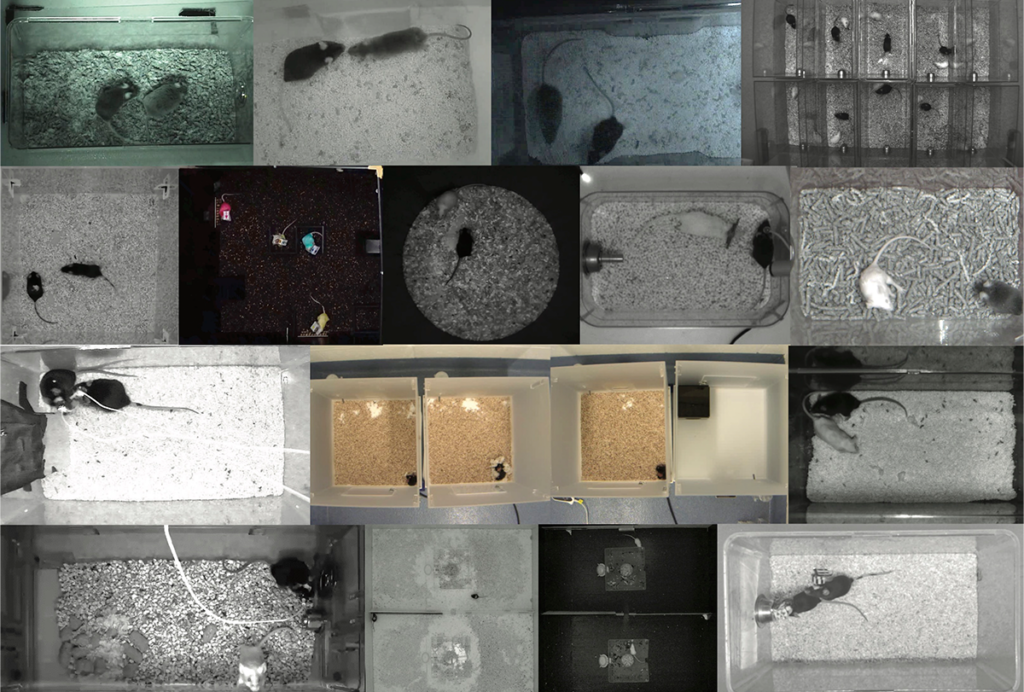
Competition seeks new algorithms to classify social behavior in animals
